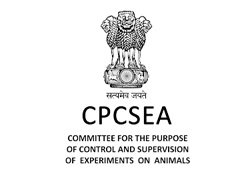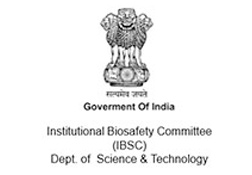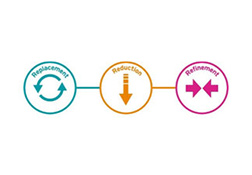Harnessing the potential of AI and multi-omics for precision Sarcoma research

Overview:
Sarcomas are a rare and complex tumours with over 70 histological subtypes that develop in bone and connective tissues. Although they account for less than 1% of adult tumours, these tumours can occur anywhere in the body. The standard treatments include radiation, chemotherapy and surgery, but are hindered by challenges such as drug resistance, limited information on biomarkers and small population size.
AI and Multi-Omics: Transforming the landscape of sarcoma research
Artificial intelligence, multi-omics integration and computational oncology are redefining sarcoma research by enabling systematic interrogation of genomic, transcriptomics, proteomics and drug-response profiles. These multi-dimensional datasets were absent from the traditional research approaches, limiting insights into tumour biology.
1. Novel Target Discovery and Drug Repurposing
AI platforms integrate genomic and transcriptomic landscapes, drug pathway networks, Clinical trial and CRISPR datasets to:• Identify novel oncogenic drivers and molecular vulnerabilities
• Highlight opportunities for drug repurposing
• Propose rational drug combinations to overcome resistance
2. Biomarker Discovery and Patient Stratification
Multi-omics datasets combining genomic, proteomic, and clinical information enable the predictive and prognostic biomarkers identification. This enables researcher to:• Stratify patients by molecular subtype and therapy response
• Design adaptive clinical trials tailored to specific biomarker profiles
• Develop companion diagnostics to optimise treatment
3. Translational Validation Using Advanced Preclinical Models
Experimental validation is essential for clinical relevance. Innovative preclinical models now bridge this gap:• 3D Organoid systems mimic the tumour microenvironment and enable real-time testing of drug efficacy.
• Patient-Derived Xenograft (PDX) models capture the tumour’s complexity for in vivo validation.
• Integrated PK/PD, toxicity, and mechanism-of-action (MoA) assays further support IND-enabling studies.
Precision Oncology: A data driven future
Integrating AI analytics, multi-omics profiling and experimental validation is revolutionising cancer research. This approach enables:- • Biomarkers guide clinical trial enrolment and therapeutic monitoring.
- • Drug repurposing and combination therapies are driven by mechanistic insights.
- • Improved clinical outcome through targeted patient selection and molecular targeting.
A New Era of Data-Enabled Oncology
Sarcoma exemplifies the complexity and urgency of modern oncology: rare, heterogeneous, and often resistant to standard of care. The integration of AI, big-data analytics, and advanced preclinical models is empowering researchers to uncover new molecular targets, predict treatment response, and personalize therapy design.
By merging computation with biology, the oncology community is reshaping how rare cancers are understood—and how cures are ultimately developed.
- 1. American Cancer Society. What Is a Sarcoma? (2024).
- 2. National Cancer Institute. Soft Tissue Sarcoma Treatment (PDQ®)–Health Professional Version.
- 3. Cleveland Clinic. Sarcoma: Symptoms, Causes & Treatment.
- 4. Fletcher, C.D.M. et al. WHO Classification of Tumours of Soft Tissue and Bone. 5th Edition, IARC Press (2020).
- 5. Recent AI-driven oncology and multi-omics research publications in Nature Cancer, Cell Reports Medicine, and Clinical Cancer Research (2023–2025).




